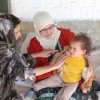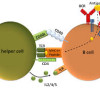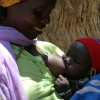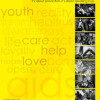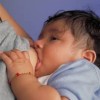Prevention of invasive Cronobacter infections in young infants fed powdered infant formulas
Abstract
BACKGROUND: Invasive Cronobacter infection is rare, devastating, and epidemiologically/microbiologically linked to powdered infant formulas (PIFs). In 2002-2004, the US Food and Drug Administration advised health care professionals to minimize PIF and powdered human milk fortifier (HMF)’s preparation, feeding, and storage times and avoid feeding them to hospitalized premature or immunocompromised neonates.… Read more

